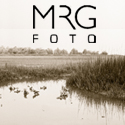Traditional Film Photography
The first photo was taken by Joseph Niepce, a French inventor in 1825. He used a petroleum derivitive on a metal plate that required an 8 hour exposure. The image was then polished and coated with ink to produce a positive image. This process was labor intensive and minimally artistic but was a techical breakthrough.
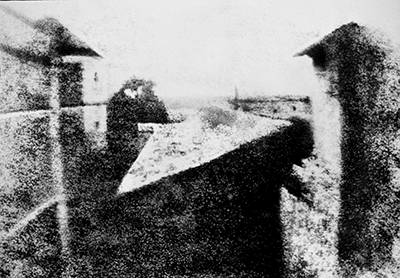
Nicephore Niepce; View from the Window at Le Gras; 1826 or 1827; earliest surviving photograph
By 1837, Louis Daguerre invented a method of coating silver plated copper sheets with iodine and exposing them in a camera then developing them with mercury vapor. He called his invention the 'daguerreotype'.
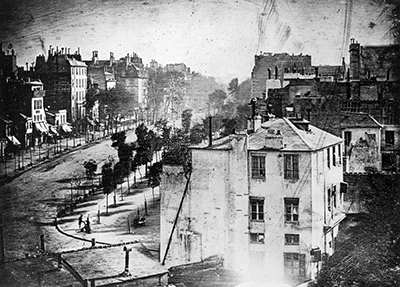
Jacques Louis Mandé Daguerre; daguerreotype; 1838; first reliably dated photograph of a person
In February, 1841 William Henry Fox Talbot patented the calotype, which involved the use of a paper negative that was transferred to a positive plate, allowing for the creation of multiple images. The improvements in his method allowed for a great deal of detail in the images.
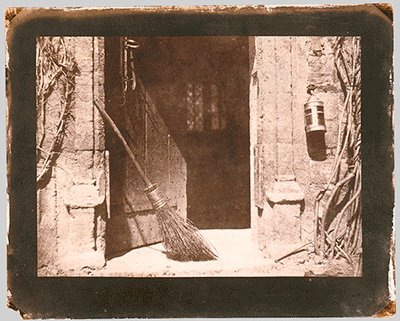
William Herny Fox Talbot; The Open Door; 1844; salted paper print from paper negative
The images above are in the public domain.
The collodion method was invented in 1851 which involved fixing gun cotton to a glass plate. This process allowed for shorter exposure times but had to be processed while still wet. By 1867, a dry glass plate method was introduced.
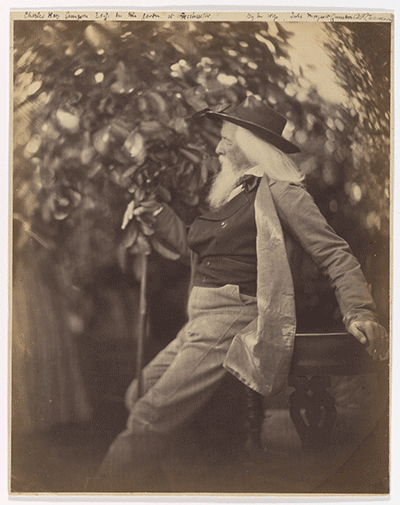
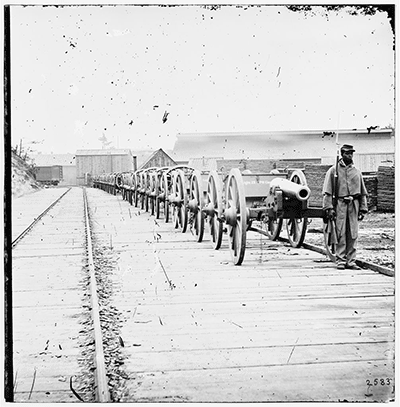
Left: Julia Margaret Cameron; Charles Hay Cameron, Esq., in His Garden at Freshwater; albumen silver print from glass negative; 1865-67; Right: artist unknown; City Point, Virginia. Negro soldier guarding 12-pdr. Napoleon; glass, stereograph, wet collodion; 1865
Two photos above are from the Library of Congress, in public domain.
In 1878, Eadweard Maybridge experimented with his sequence prints, made possible by improvements that made the exposure time almost instantaneous. By 1888, George Eastman invented the dry gelatin roll film, allowing film to be carried. This led the way for more people to be able to use the photographic technology.
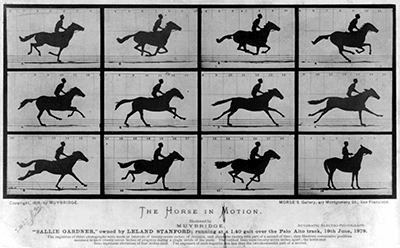
Eadweard Maybridge; The Horse in Motion; glass plate, shutters triggered by trip wires; 1878
By 1934, Fuji Photo Film corporation was founded and by 1938 was producing film and cameras, making the process available to amateurs and professionals. In 1938, Kodachrome, the first multi-layered color film, was produced, making photography even more popular. In 1947, Polaroid offered the first instant camera and film.
After that, the use of photography became increasingly common in portraiture, editorial design, fine art and personal use. Early portrait photographers were joined by photojournalists and eventually fine artists working mainly in photography.
Modern artists have used and still use a variety of cameras, including large and medium format, 35 mm SLR and instant cameras. Photography is still used in conjunction with many other traditional media including drawing, painting, printmaking and even clay.
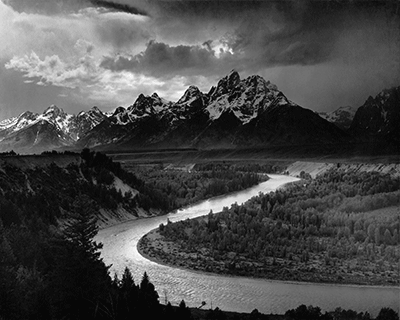
Ansel Adams; The Tetons and the Snake River; large-format photograph; 1942
The two images above are in the public domain
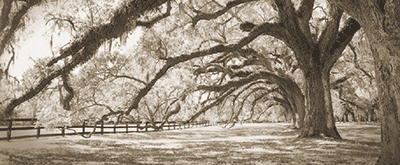
Micky Girardi; Oak Corridor; medium-format photograph; 2012
Sites about the history of traditional film photography:
Photography Tuts Plus: History of Photography Part 1
Photography Tuts Plus: History of Photography Part 2
Smart History: Early Photography
National Geographic: Photography
Pieces of Science: History of Photography
The Metropolitan Museum: Daguerre
Wikipedia: Camera Obscura
Wikipedia: History of Photography
Some sites about traditional film photography:
CNN: The Photobooth Mystery
Photography Tuts Plus: How FSA Photography Changed the World
Wikipedia: Medium Format Film
Ken Rockwell: Medium Format Film
Some sites with tips and tutorials about traditional film photography:
I Still Shoot Film: Beginners Guide to Film Photography
Photography Tuts Plus: A Beginners Guide to Film Photography
Some artists who worked with traditional film photography:
Ansel Adams
FSA Photography
Dorothea Lange
Richard Avedon
Walker Evans
Margaret Bourke-White
Diane Arbus
Edward Weston
Eve Arnold
Jerbert Ponting
Alfred Stieglitz
Getty: Alfred Stieglitz
Henri Cartier Bresson
Minneapolis Institute of Arts: Seven Photographers
Some contemporary artists who work with traditional film photography:
Nick Brandt
Clyde Butcher
Micky Girardi
Hiroshi Sugimoto
Pulitzer Arts: Hiroshi Sugimoto

